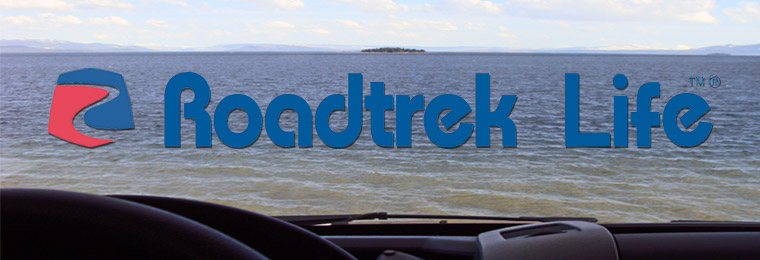At one point, things in the RV will eventually break and the city water inlet is no exception. If it starts to leak, try to reseat the rubber check valve first and see if that cures the problem. I have reseated the valve on ours on many occasions and lately the spring that holds the rubber check valve just came off. I decided to replace the whole water inlet valve assembly with a different brand; the new one is made of brass vs. the plastic old one. One drawback is that the mounting holes is different as it has 3 mounting holes as opposed to 2 on the original one, so I have to drill new holes into the mounting bracket.
If you decided to replace it with a new identical one it would be an easy DIY, all you have to do is remove the two rivets that holds it in place, unscrew it from the PEX tubing pipe thread adapter, replace it with a new one and rivet it back in place.












